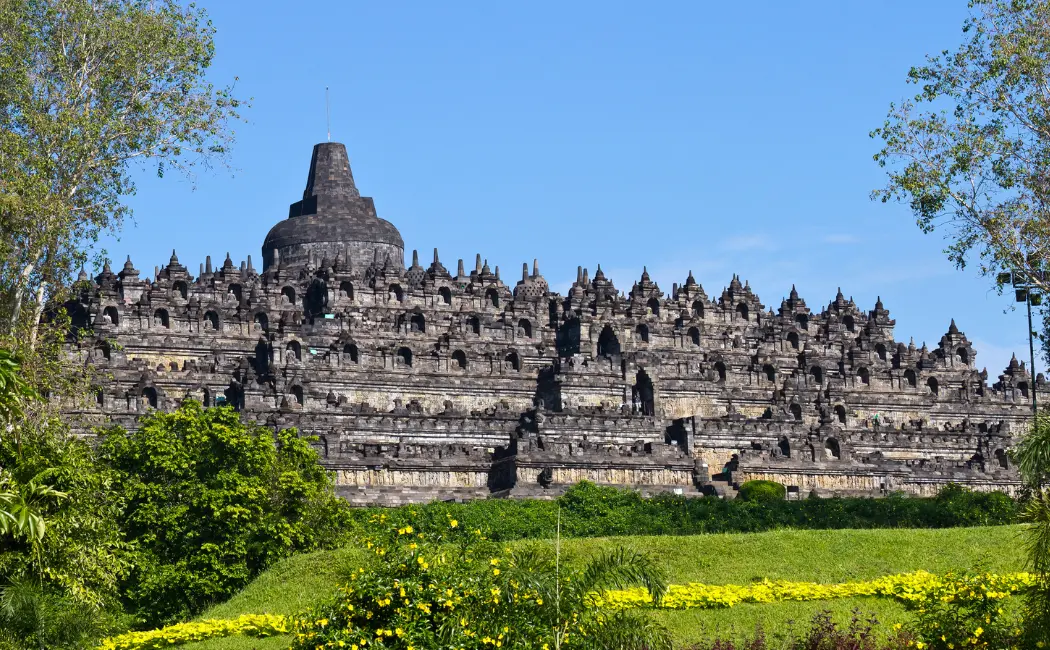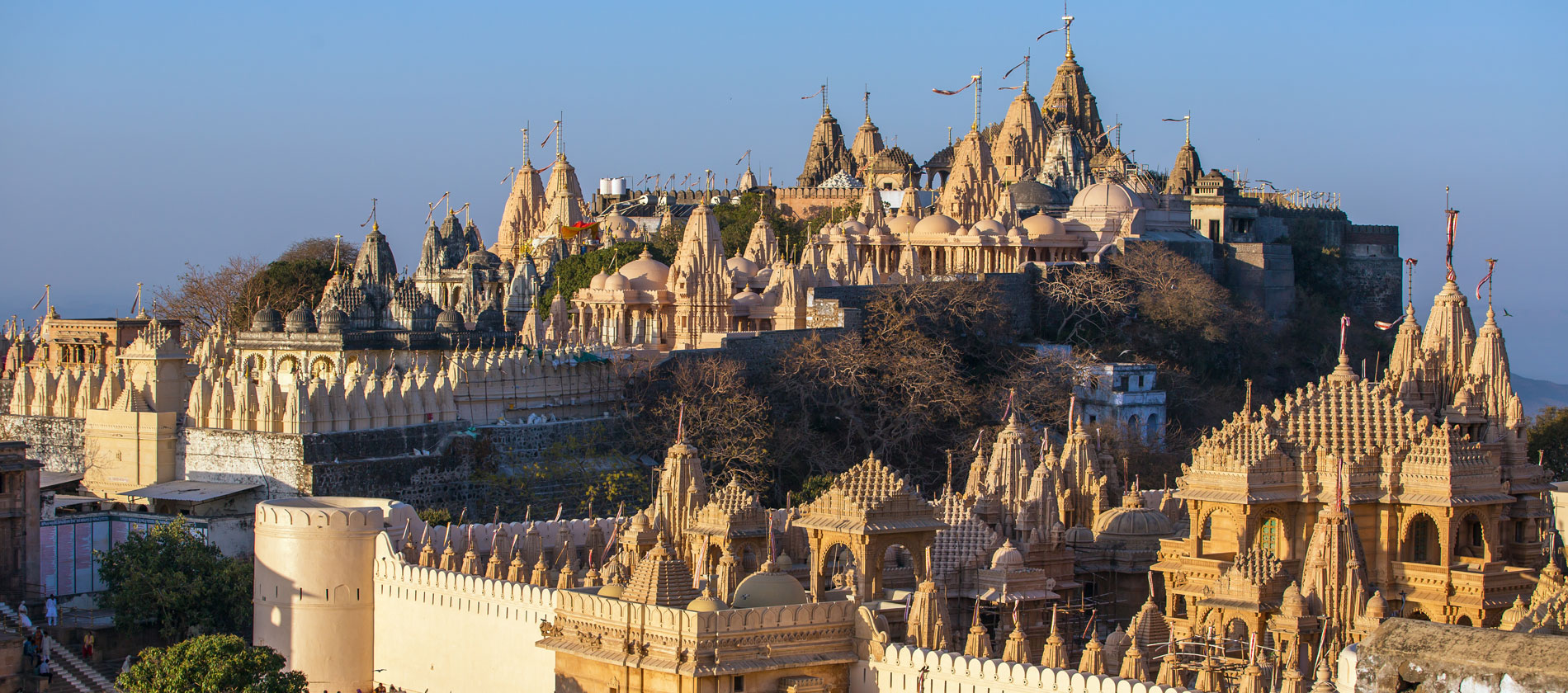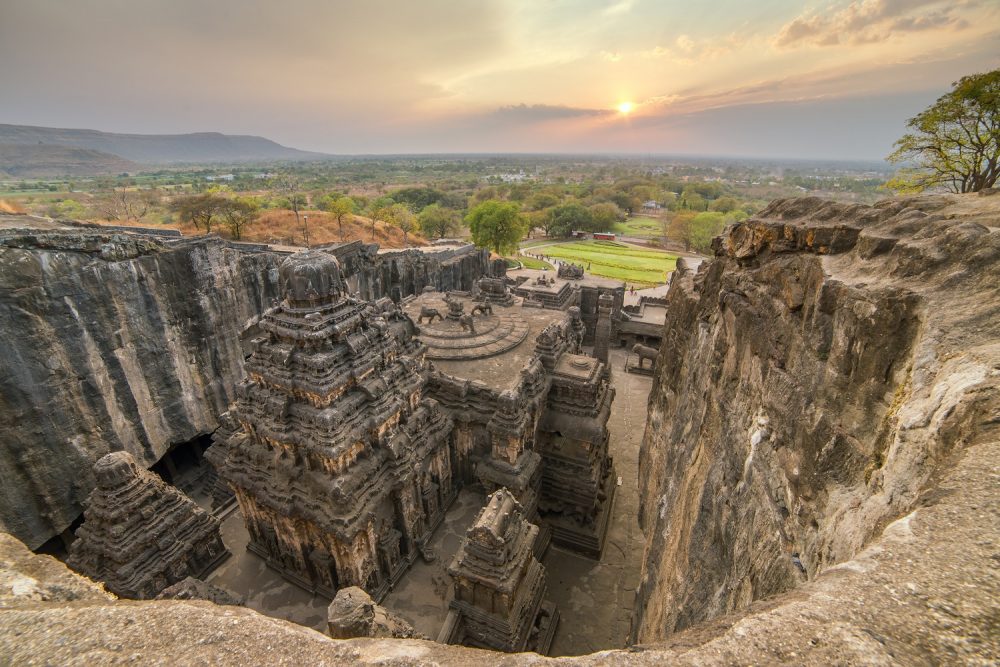Located in the heart of Java, Indonesia, Borobudur is one of the world’s most breathtaking and mysterious ancient monuments.
This colossal Buddhist temple complex, built in the 9th century, is a testament to the ingenuity, artistry, and spirituality of the ancient Javanese civilization.
In this article, we will delve into the history, architecture, and significance of Borobudur, exploring its intricate carvings, imposing structures, and enduring cultural legacy.
History of Borobudur
Borobudur was constructed during the reign of the Sailendra dynasty (778-856 AD), a powerful Buddhist kingdom that ruled Java.
The temple complex was built under the patronage of King Samaratungga, who sought to create a monumental tribute to Buddhism.
The construction process took approximately 30 years, involving thousands of skilled laborers and artisans.
Architecture and Layout
Borobudur’s architecture is a masterpiece of ancient Javanese design, characterized by:
- Step Pyramid: The temple’s unique stepped pyramid structure, comprising six square platforms and three circular ones.
- Stupa: The central stupa, representing the summit of Mount Meru, the mythical home of the Buddhist gods.
- Wall Reliefs: 2,672 intricate panels depicting Buddhist stories, mythological creatures, and everyday Javanese life.
- Buddha Statues: 504 life-sized Buddha statues, each situated within a stupa.
The Wall Reliefs
Borobudur’s wall reliefs are renowned for their exquisite craftsmanship and narrative depth.
These intricate carvings depict:
- Jataka Tales: Stories of the Buddha’s previous lives.
- Buddhist Scriptures: Scenes from the Mahayana sutras.
- Javanese Life: Scenes of farmers, artisans, and royalty.
Symbolism and Significance
Borobudur’s design and architecture embody various symbolic meanings:
- Cosmological Representation: The temple complex represents the universe, with the central stupa as Mount Meru.
- Spiritual Journey: The stepped pyramid structure guides visitors through a spiritual progression, from the base to the summit.
- Buddhist Philosophy: Borobudur illustrates the principles of Buddhism, including the Four Noble Truths and the Eightfold Path.
Conservation Efforts
In the 20th century, Borobudur faced significant threats from:
- Volcanic Eruptions: Ash and lava flows damaged the temple.
- Neglect: Lack of maintenance and preservation.
- Looting: Theft of valuable artifacts and carvings.
International conservation efforts, led by UNESCO, have helped restore and protect the site.
Tourism and Economic Impact
Borobudur attracts over 3.5 million visitors annually, generating significant revenue for Indonesia’s economy.
Challenges and Concerns
- Over-Tourism: Strains on infrastructure and potential damage to the site.
- Climate Change: Rising temperatures and humidity threaten the temple’s structural integrity.
- Preservation: Balancing conservation with tourism and economic development.
Cultural Significance
Borobudur is an iconic symbol of Indonesian culture and identity:
- National Pride: Borobudur is a source of national pride and unity.
- Buddhist Heritage: The temple complex is a testament to Indonesia’s rich Buddhist legacy.
- Artistic Inspiration: Borobudur’s architecture and artistry inspire artists and designers worldwide.
Conclusion
Borobudur is an awe-inspiring testament to human creativity, spirituality, and perseverance.
This ancient temple complex continues to captivate visitors from around the world, inspiring wonder and appreciation for the cultural heritage of Indonesia.
References:
- UNESCO World Heritage Centre
- Indonesian Ministry of Tourism
- Borobudur official website
- “Borobudur: A Cultural History” by Soekatno
- “The Ancient Javanese Temple” by Jan Fontein
Additional Resources:
- Borobudur Visitor Guide
- History of the Sailendra Dynasty
- Indonesian Culture and Traditions
- Conservation Efforts and Sustainability
- Travel Tips and Accommodations











[…] You May Also Like: Indonesia’s Borobudur Temple: A UNESCO World Heritage Site […]